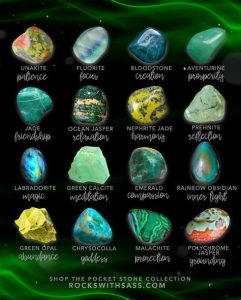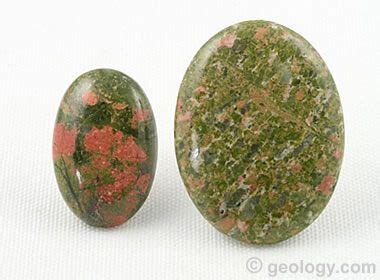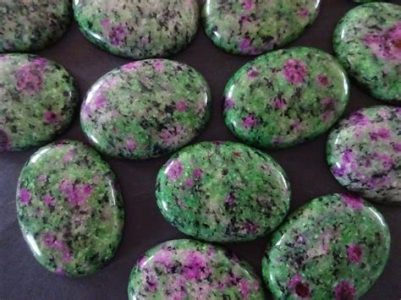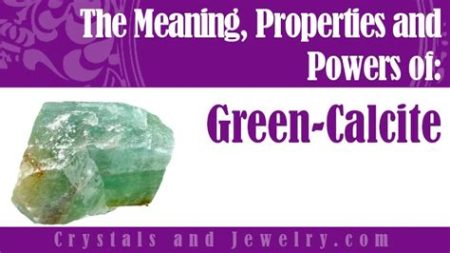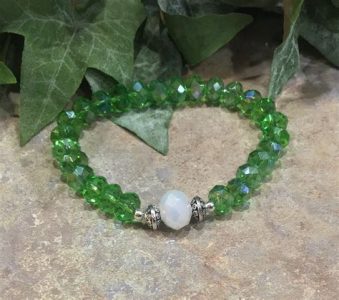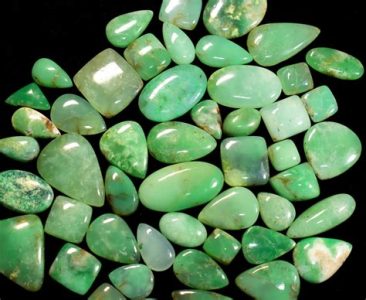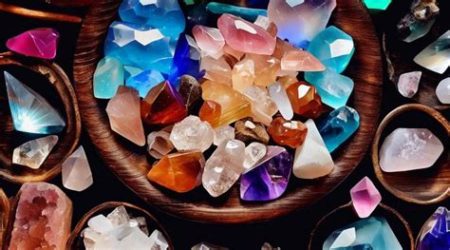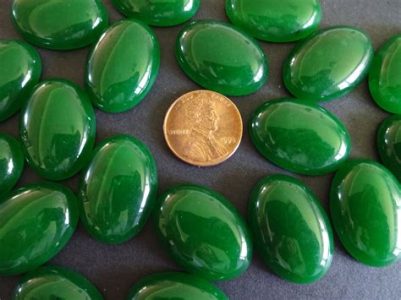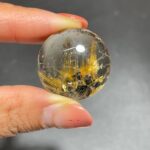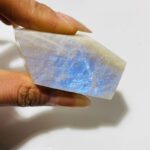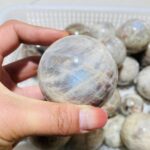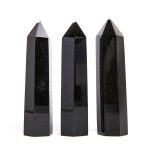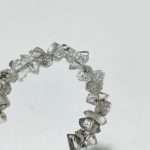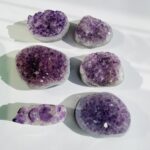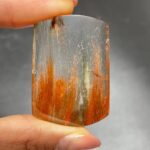Introduction
Blue crystal minerals, known for their captivating hues and exceptional properties, have captivated collectors and scientists alike for centuries. This comprehensive guide delves into the fascinating world of blue crystal minerals, exploring their geological origins, chemical composition, physical characteristics, and myriad applications.
Geological Origins and Composition
Blue crystal minerals owe their distinctive color to the presence of specific elements or compounds within their crystal structures. Iron, copper, and cobalt are common contributors to blue hues, while rare earth elements such as cerium and neodymium can also produce striking blue colors.
Physical Characteristics
Blue crystal minerals exhibit a wide range of physical properties, including:
- Hardness: Varies from soft minerals (e.g., azurite, with a Mohs hardness of 3.5) to hard minerals (e.g., sapphire, with a Mohs hardness of 9).
- Cleavage: Some minerals cleave easily along specific planes, while others do not (e.g., azurite cleaves perfectly along three directions, while sapphire does not cleave).
- Luster: Ranges from glassy (e.g., kyanite) to dull (e.g., turquoise).
- Transparency: Can be transparent (e.g., aquamarine), translucent (e.g., apatite), or opaque (e.g., lapis lazuli).
Historical Significance
Blue crystal minerals have played a prominent role in human history, serving as gemstones, pigments, and medicinal substances:
- Ancient Egyptians used lapis lazuli for ornaments and amulets (e.g., the famous Tutankhamun mask).
- Medieval Europeans employed azurite as a blue pigment for illuminated manuscripts.
- Native Americans utilized turquoise for jewelry, ceremonies, and healing purposes.
Industrial Applications
Blue crystal minerals have also found numerous industrial applications:
- Gemstones: Sapphires, aquamarines, and topaz are prized for their beauty and used extensively in jewelry.
- Pigments: Blue pigments made from ultramarine (a synthetic lapis lazuli substitute) and copper phthalocyanine (a synthetic blue pigment) are widely used in paints, plastics, and textiles.
- Electronics: Sapphire is a key component in high-performance electronics, such as LEDs and laser diodes.
Blue Crystal Minerals vs. Other Blue Gemstones
When comparing blue crystal minerals to other blue gemstones, such as diamonds or emeralds, several key differences emerge:
| Feature | Blue Crystal Minerals | Other Blue Gemstones |
|---|---|---|
| Chemical composition | Oxides, silicates, carbonates | Carbon (diamond), beryllium aluminum silicate (emerald) |
| Hardness | Variable, ranging from 3.5 to 9 | Diamond (hardest natural material), emerald (7.5-8 on Mohs scale) |
| Color | Produced by impurities or structural defects | Inherent to the gemstone’s chemical composition |
| Value | Varies depending on rarity, size, and quality | Generally higher value than blue crystal minerals |
Case Study: Azurite vs. Lapis Lazuli
Azurite and lapis lazuli, two iconic blue crystal minerals, offer a fascinating comparison:
| Feature | Azurite | Lapis Lazuli |
|---|---|---|
| Color | Deep blue | Royal blue |
| Composition | Copper carbonate | Calcium aluminum silicate with sulfate and sulfide impurities |
| Hardness | 3.5-4 | 5-6 |
| Transparency | Opaque | Opaque |
| Value | Lower value than lapis lazuli | Higher value than azurite |
Common Mistakes to Avoid
When dealing with blue crystal minerals, it is crucial to avoid certain common pitfalls:
- Confusing similar minerals: Blue topaz, blue zircon, and blue spinel can resemble blue sapphires.
- Overestimating value: Not all blue crystal minerals are valuable; only rare and high-quality specimens command significant prices.
- Damaging minerals: Avoid using harsh cleaning agents or solvents on blue crystal minerals, as they can damage or discolor the surface.
Benefits and Importance
Blue crystal minerals offer numerous benefits and hold great significance:
- Aesthetic value: Their captivating beauty and vibrant colors enhance jewelry, décor, and collections.
- Historical and cultural value: They hold historical and cultural significance as gemstones, pigments, and healing substances.
- Scientific value: They provide insights into geological processes and can be used for various scientific studies.
Current Status and Future Prospects
The global market for blue crystal minerals is expected to continue growing in the coming years, driven by increasing demand for gemstones, pigments, and industrial applications. Advanced technologies, such as nano-fabrication and advanced spectroscopy, are creating new possibilities for exploring and utilizing these valuable minerals.
Embracing a New Era: Crystalline Innovation
The future of blue crystal minerals lies in embracing innovative applications and adopting sustainable practices:
- Crystalline nanomaterials: The development of crystalline nanomaterials with tailored properties is opening up new avenues for electronics, optics, and biotechnology.
- Sustainable mining: Implementing sustainable mining practices minimizes environmental impact and ensures responsible sourcing of blue crystal minerals.
Applications: A Window into the Future
The future applications of blue crystal minerals are limitless. Creative ideas include:
- Blue crystal glass: Transparent blue glass with embedded blue crystal minerals for decorative purposes or architectural applications.
- Biomedical devices: Blue crystal minerals could be integrated into biomedical devices to enhance imaging and therapeutic capabilities.
- Energy storage: Blue crystal minerals hold promise for energy storage applications due to their high thermal stability and electrical conductivity.
Conclusion
Blue crystal minerals continue to captivate and inspire us with their beauty, diversity, and practical applications. This comprehensive guide has provided an in-depth exploration of these extraordinary minerals, from their geological origins to their industrial significance. By embracing innovation and sustainability, we can unlock the full potential of blue crystal minerals in the years to come.



